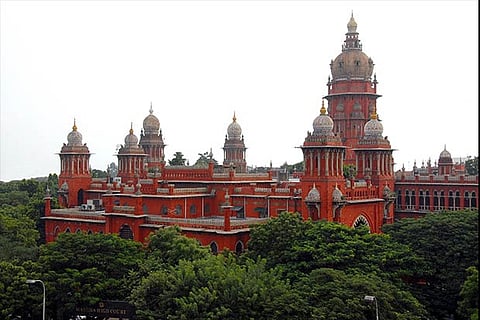

Chennai
It was only last month that MHC directed the Corporation to study the possibility of reviving this road that once existed between Pattinapakkam and Besant Nagar. The directive had sent fisherfolk in the region into a tizzy. The potential advantage – reducing commute time from Marina to Bessie to about 20 minutes, from the prevalent 45-minute journey.
But fisherfolk were concerned if this could lead to the acquisition of lands where they have been living for generations. The development came on the heels of the move to relocate fish vendors from the Loop Road, which they had been opposing. One needs to consider the irony of marginalising the ‘original’ inhabitants of the tiny fishing hamlet, Madrasapattinam, which grew into the metropolis that is now Chennai. There are three important facets to the issue here – sociological, infrastructure and legal. Firstly, the eviction and relocation would affect hundreds of families, even more than other such instances in the city in recent years, conducted in the name of infrastructure development. In this case, moving fisherfolk away from the sea would leave them without a means to support their families.
Secondly, while the argument for such a step is the need for development, it perhaps is not fully thought out. The drawback is explained by the economic and transportation phenomenon called ‘induced demand’, which shows how and why traffic, like gas, expands to fill up all the available space. Economist Anthony Downs detailed this in his ‘Law of Peak Hour Traffic Congestion’ in the 1960s – “On urban commuter expressways, peak-hour traffic congestion rises to meet maximum capacity.” That is, increasing capacity by widening, laying new roads encourages more people to drive, which results in clogging, bringing the situation to square one.
Urban planners have pointed out the only way out is not more and wider roads, but better public transportation system that would encourage shunning the more expensive and unsustainable private vehicles in favour of buses and trains. As the perils of climate change becoming clearer, this could be an idea whose time has come. Finally, with the area falling under Coastal Regulation Zone II, it is imperative a study is conducted on whether such an elevated bridge is permissible under law.
Visit news.dtnext.in to explore our interactive epaper!
Download the DT Next app for more exciting features!
Click here for iOS
Click here for Android